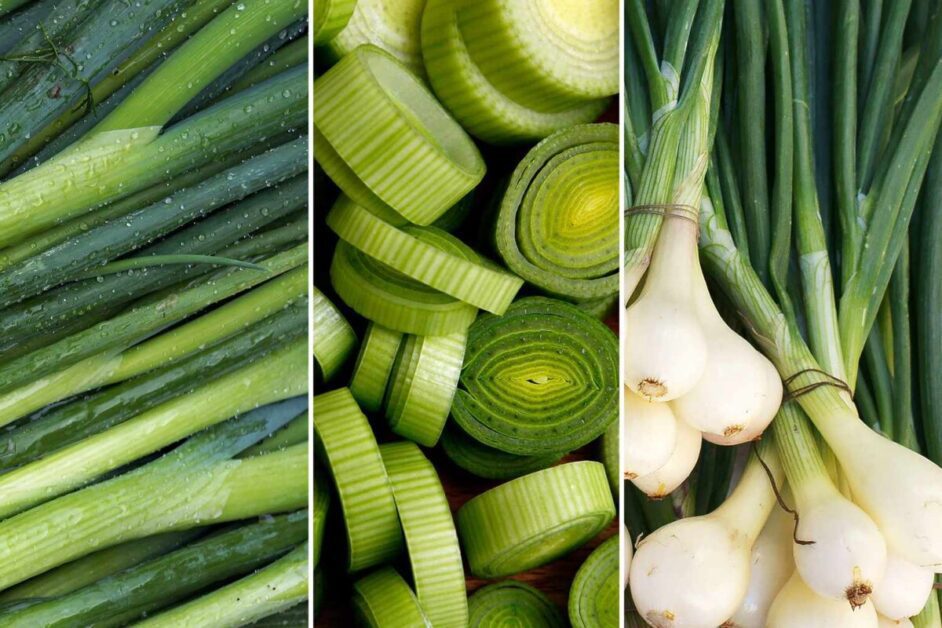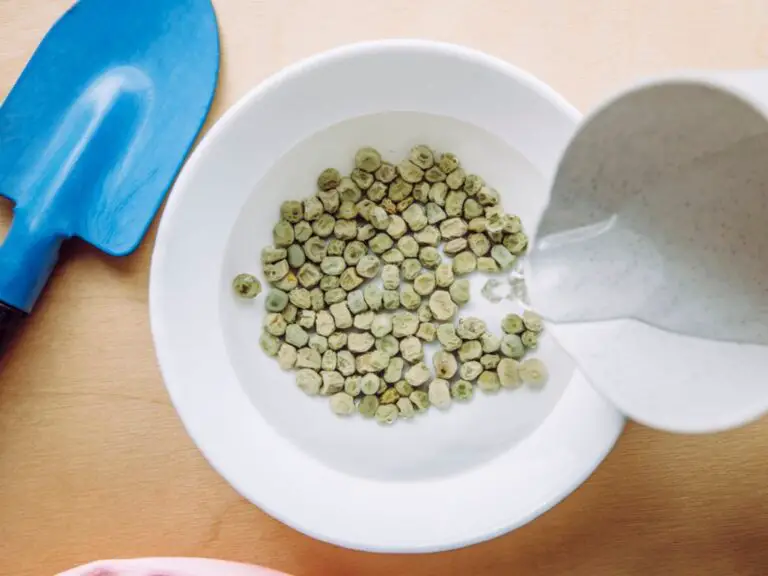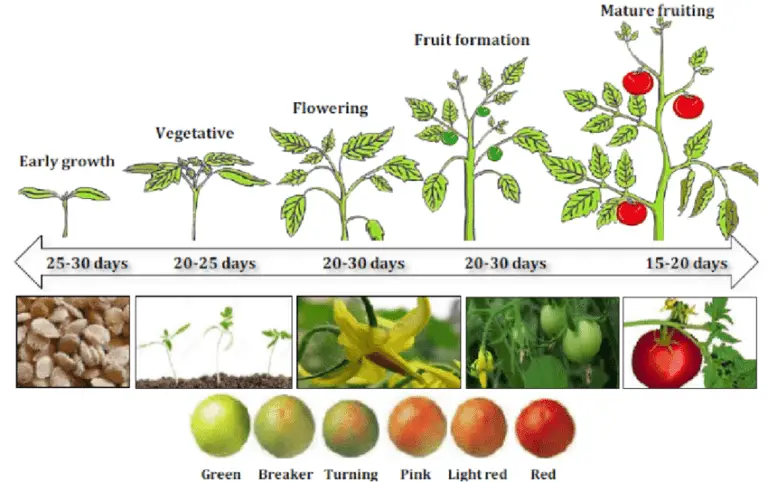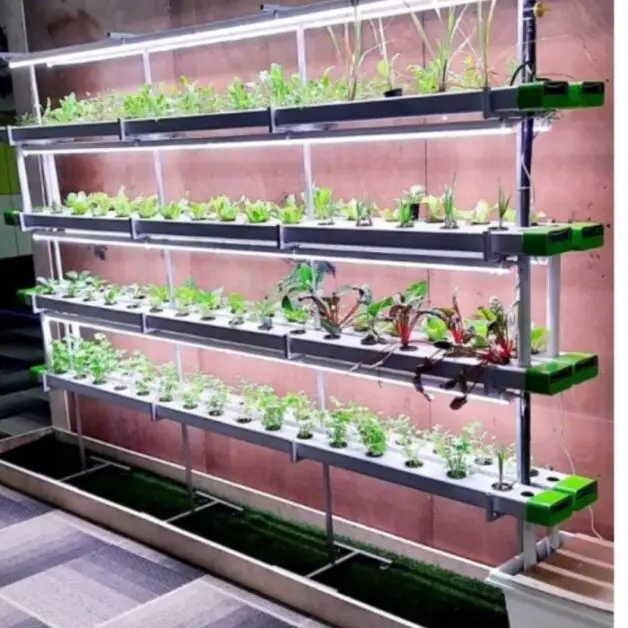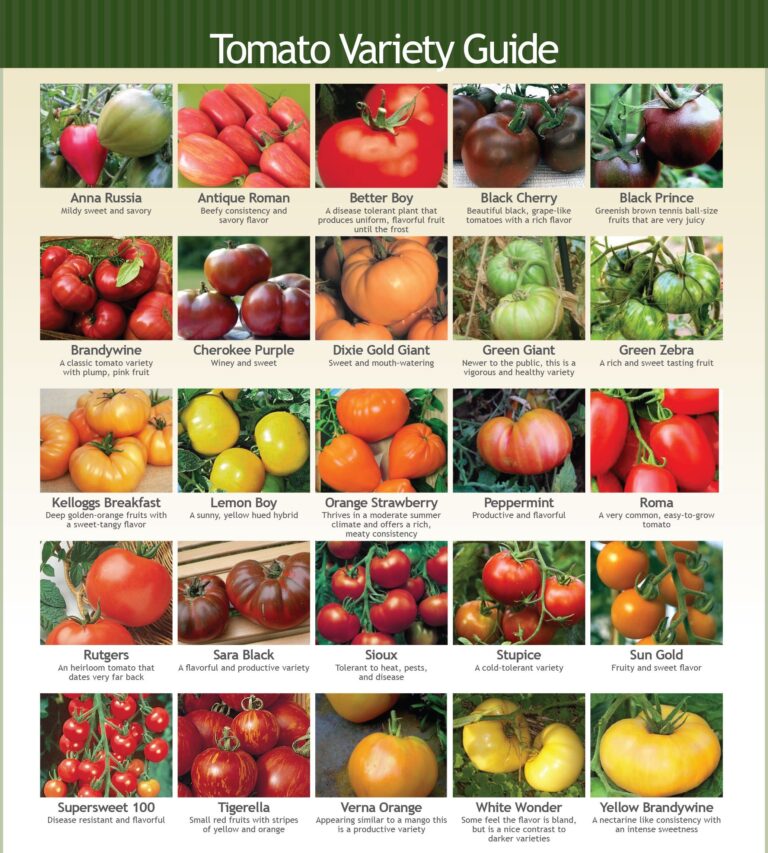Reviving Green Onions and Sprouted Varieties
Understanding the Potential of Green Onions and Sprouted Varieties
Green onions, also known as scallions or spring onions, are versatile vegetables that have a wide range of culinary applications. These leafy greens possess a unique flavor profile, combining the mildness of onions with a subtle hint of garlic. Not only do they add a burst of freshness and vibrant color to dishes, but they also offer a host of health benefits. Packed with vitamins A, C, and K, as well as minerals like calcium and potassium, green onions are a nutrient-rich addition to any meal.
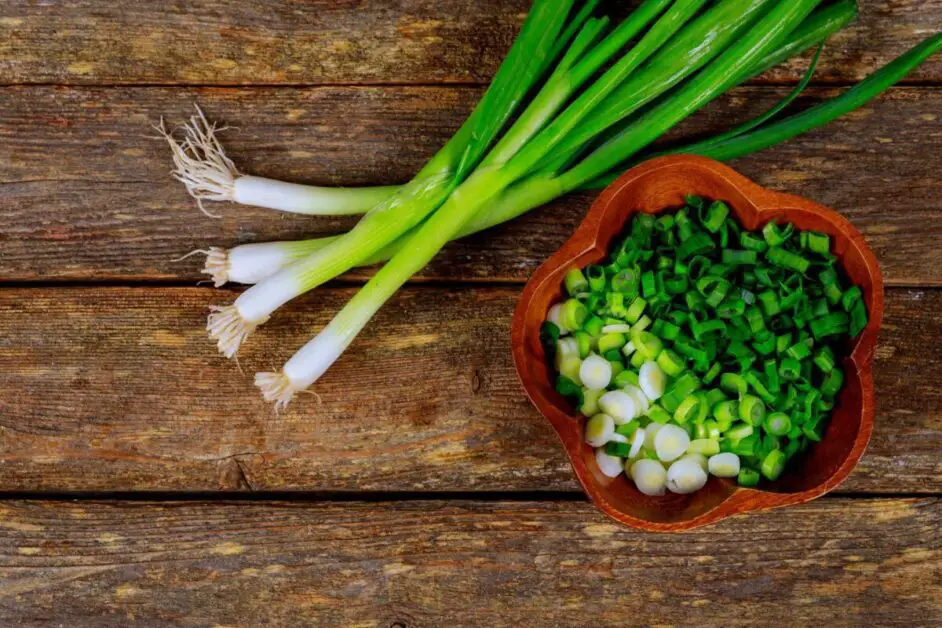
In recent years, sprouted green onion varieties have gained popularity due to their distinct flavor and texture. Sprouting occurs when the green onions are left to grow beyond their usual harvesting stage, resulting in the development of small white bulbs and elongated green shoots known as sprouts. These sprouted varieties offer an intensified onion flavor and a slightly firmer texture, making them a sought-after ingredient for culinary enthusiasts. Whether used raw in salads, or cooked in stir-fries and soups, sprouted green onions bring a unique twist to any dish, elevating the overall taste and visual appeal.
Identifying Signs of Sprouting in Green Onions
Sprouting in green onions is a natural and common occurrence that indicates the onset of new growth. By being able to identify the signs of sprouting in green onions, you can take the necessary steps to revive them and ensure their continued growth and development. One key sign to look out for is the emergence of small, white roots at the base of the onion bulbs. These roots will start to elongate and spread out, seeking water and nutrients from the surrounding soil or growing medium.
Another noticeable sign of sprouting in green onions is the appearance of new shoots or leaves. These shoots will emerge from the center of the onion bulbs and begin to grow upwards. Initially, they may appear pale or yellowish in color but will gradually turn green as they receive sunlight and undergo photosynthesis. Additionally, you may observe the outer layers of the onion bulbs becoming dry and papery, which is a natural protective mechanism as the plant diverts its energy towards new growth.
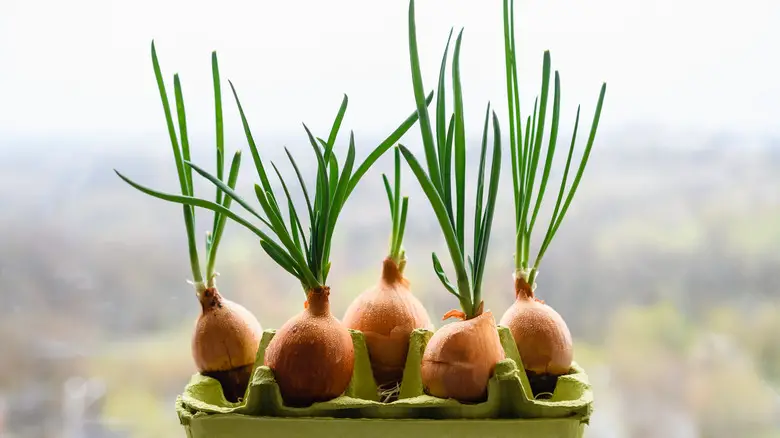
Understanding these signs of sprouting will not only allow you to identify the growth stage of your green onions but also help you determine the appropriate actions needed to revive them. Whether it’s providing them with optimal growing conditions or utilizing specific techniques, being able to identify sprouted green onions is the first step towards ensuring a successful harvest and maximizing their potential.
The Importance of Reviving Sprouted Green Onions
Reviving sprouted green onions is of utmost importance for gardening enthusiasts. When green onions start to sprout, it is a sign that their shelf life is coming to an end. However, instead of discarding them, reviving these sprouted onions can provide a second chance at enjoying their fresh and vibrant flavors.
Reviving sprouted green onions is not only beneficial from a culinary perspective, but it also aligns with sustainable gardening practices. By reviving sprouted green onions, gardeners can reduce waste and make the most of their harvest. This is particularly important in today’s world where food waste is a growing concern. By taking the time to revive sprouted green onions, gardeners can contribute to a more sustainable future by utilizing every part of the plant and minimizing their ecological footprint. So, let’s explore the techniques and methods that can help us revive sprouted green onions and unlock their full potential in our culinary delights.
The Science Behind Green Onion Sprouting
Green onion sprouting is a fascinating process that occurs as part of the plant’s natural life cycle. Sprouting, also known as bolting, happens when the plant transitions from its vegetative growth phase to the reproductive phase, resulting in the production of flowers and seeds. This biological process is influenced by various factors, including environmental conditions, plant age, and genetic traits.
During sprouting, the green onion plant undergoes hormonal changes that trigger the elongation of its stem and the development of a flower stalk. This transformation is regulated by the plant hormone gibberellin, which promotes stem elongation and flowering. The synthesis and activity of gibberellin are influenced by external factors such as temperature, day length, and nutrient availability. High temperatures and long days, for instance, can stimulate the production of gibberellin, accelerating the sprouting process.
Furthermore, the age of the green onion plant also plays a role in sprouting. As the plant matures, it accumulates energy reserves in its bulb, which are then utilized during the reproductive phase. Older plants are more likely to bolt compared to younger ones, as they have accumulated sufficient energy to support the growth of flowers and seeds. Genetic traits can also influence the likelihood of sprouting, as some green onion varieties are naturally more prone to bolting than others.
Understanding the science behind green onion sprouting can help gardeners anticipate and manage this process effectively. By manipulating environmental conditions and selecting appropriate varieties, it is possible to prolong the vegetative phase and delay sprouting. Additionally, by harvesting green onions before they enter the reproductive phase, gardeners can ensure optimal flavor and prolong the productive lifespan of their plants.
Factors Affecting the Sprouting of Green Onions
Green onions, also known as scallions or spring onions, are versatile and flavorful additions to any dish. However, their sprouting can be influenced by several factors. One of the primary determinants is temperature. Green onions thrive in cool climates, with temperatures between 40°F and 80°F (4°C to 27°C) being ideal for their growth. If the temperatures are too high, the onions may become stressed, leading to premature sprouting.
Another crucial factor affecting the sprouting of green onions is the quality of the soil. These plants require well-draining soil that is rich in organic matter. Excessively compacted soil can impede root development and cause the onions to sprout prematurely. Additionally, the pH level of the soil plays a crucial role. Green onions prefer slightly acidic soil, with a pH range of 6.0 to 7.0 being optimal for their growth and preventing premature sprouting.
Furthermore, the cultivation techniques employed can impact the likelihood of green onion sprouting. Over-fertilization, especially with nitrogen-heavy fertilizers, can encourage the plants to bolt and produce flower stalks instead of growing robust edible leaves. It is essential to strike a balance and provide the onions with the nutrients they need without overstimulating their growth.
Here is a table that shows the factors that affects the green onion sprouting:
| Factors Affecting Green Onion Sprouting | Description |
|---|---|
| Soil Temperature | – Green onions prefer cool temperatures for germination, typically between 40°F to 80°F (4°C to 27°C). |
| Planting Depth | – Planting onions too deep or too shallow can affect sprouting; plant seeds about 1/4 to 1/2 inch deep. |
| Soil Moisture | – Adequate moisture is crucial for germination; keep the soil consistently moist but not waterlogged. |
| Seed Quality | – Use fresh, high-quality seeds for optimal germination; old or improperly stored seeds may have lower viability. |
| Light Conditions | – Green onions require sunlight for growth; provide sufficient light for seedlings to prevent spindly growth. |
| Planting Method | – Direct sowing or starting seeds indoors affects sprouting; choose a method suitable for your gardening conditions. |
| Seed Spacing | – Proper spacing ensures each seedling receives enough nutrients and space for optimal development. |
| Soil Quality | – Well-draining, fertile soil with organic matter promotes healthy sprouting and robust growth of green onions. |
| Varietal Differences | – Different onion varieties may have specific requirements for sprouting; consider the needs of the chosen variety. |
| Weather Conditions | – Extreme weather, such as heavy rain or drought, can impact sprouting; provide protection or adjust watering accordingly. |
By understanding these factors and implementing appropriate techniques, gardeners can successfully grow green onions without experiencing premature sprouting. As we delve further into this subject, we will explore effective techniques for reviving sprouted green onions and discuss ways to prevent common pests and diseases that may hinder their growth. Stay tuned for more valuable insights into growing and reviving these delightful vegetables.
Effective Techniques for Reviving Green Onions
Reviving green onions that have started to sprout is a common challenge for home gardeners. Luckily, there are effective techniques that can help breathe new life into these sprouted green onions, allowing you to enjoy their fresh flavor in your culinary creations. One technique involves trimming the sprouted portion of the green onion and placing it in a glass of water. Within a few days, you will notice new growth emerging from the trimmed base, indicating successful revival. Remember to change the water every couple of days to ensure optimal hydration for the green onions.
Another effective technique for reviving sprouted green onions is to transplant them into nutrient-rich soil. Start by preparing a container with well-draining soil, such as a pot or raised garden bed. Gently separate the sprouted green onion bulbs and place them about one inch deep in the soil, ensuring that the sprouted portion is above ground. Water regularly to keep the soil moist, but be careful not to overwater, as excessive moisture can lead to rotting. With the right balance of sunlight, water, and nutrients, your sprouted green onions will flourish and provide a fresh, flavorful addition to your meals.
The Role of Watering in Reviving Sprouted Green Onions
Watering plays a crucial role in reviving sprouted green onions. Proper irrigation ensures that the plants receive the necessary hydration to support their growth and development. When dealing with sprouted green onions, it is essential to strike a balance between providing adequate moisture and avoiding overwatering, which can lead to root rot and other problems.
One key aspect to consider when watering sprouted green onions is the soil moisture level. It is important to keep the soil consistently moist but not waterlogged. To achieve this, you can water the plants thoroughly, ensuring that water reaches the root zone, and then allow the top few inches of soil to dry out slightly before the next watering. This helps prevent waterlogged conditions that can suffocate the roots and hinder proper growth.
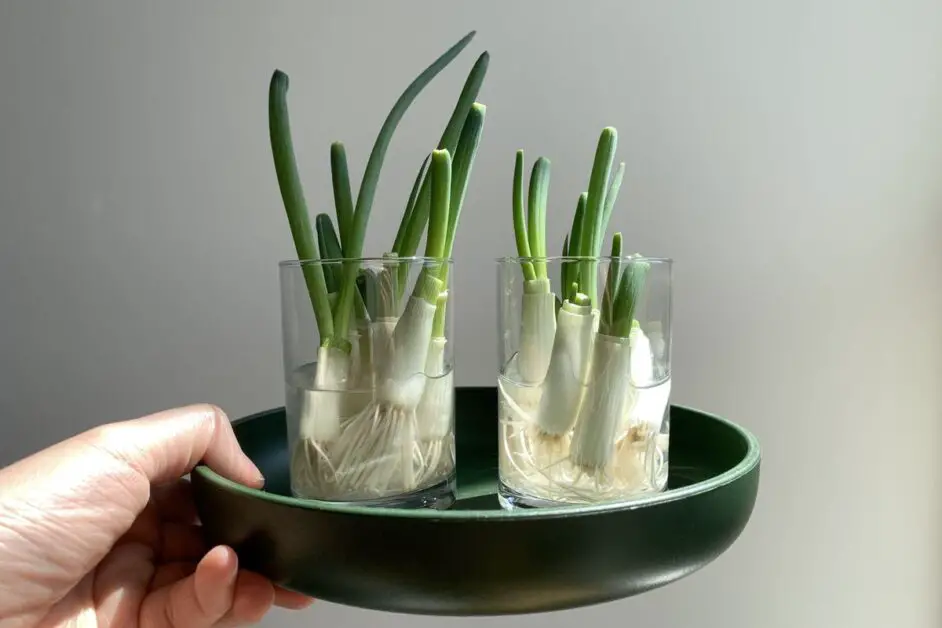
Monitoring the moisture level in the soil is crucial. You can use a moisture meter or simply observe the soil’s appearance and texture. If the topsoil feels dry to the touch, it is a signal that the plants need watering. On the other hand, if the soil remains consistently wet or waterlogged, it is an indication that you are overwatering the green onions. Striking the right balance will provide the optimal conditions for the revival and healthy growth of your sprouted green onions.
Optimal Soil Conditions for Green Onion Revival
For optimal green onion revival, it is crucial to provide the right soil conditions that promote healthy growth and development. Green onions thrive in well-draining soil that is rich in organic matter. This type of soil helps to improve aeration and nutrient uptake, crucial factors for the successful revival of sprouted green onions.
To create the optimal soil conditions, start by preparing the soil before transplanting or sowing the green onion seeds. Loosen the soil to a depth of about 6-8 inches, ensuring that it is free from rocks, debris, and clumps. This will facilitate root penetration and prevent any potential obstructions to growth.
Additionally, incorporate organic matter such as compost or well-rotted manure into the soil. This will enhance nutrient availability, improve soil structure, and increase water retention capabilities, all of which are essential for the revival of sprouted green onions. Aim for a soil pH level between 6.0 and 7.0, as this range provides an optimal environment for nutrient absorption.
Ensuring that the soil is adequately drained is equally important. Green onions are susceptible to root rot if the soil becomes waterlogged. To prevent this, ensure that the soil is well-drained and does not retain excessive moisture. Consider raised beds or container gardening if the soil in your area is heavy or poorly drained.
By providing these optimal soil conditions, you are creating an ideal foundation for the revival of sprouted green onions. The right soil composition will contribute to robust and healthy growth, enabling you to enjoy a bountiful harvest of vibrant green onions.
The table below shows us the soil conditions that is important for green onion revival:
| Optimal Soil Conditions for Reviving Sprouted Green Onions | Description |
|---|---|
| Well-Draining Soil | – Green onions thrive in well-draining soil to prevent waterlogging and root rot. |
| Rich in Organic Matter | – Soil rich in organic matter enhances nutrient availability, improves structure, and increases water retention capabilities. |
| Soil Preparation | – Loosen soil to a depth of 6-8 inches, removing rocks, debris, and clumps to facilitate root penetration and growth. |
| Incorporate Organic Matter | – Add compost or well-rotted manure to the soil to enhance nutrient content and overall soil health. |
| Optimal Soil pH (6.0-7.0) | – Aim for a soil pH between 6.0 and 7.0 to provide an optimal environment for nutrient absorption. |
| Preventing Waterlogged Soil | – Ensure proper drainage to prevent waterlogging, especially in heavy or poorly-drained soils. |
| Consider Raised Beds or Containers | – Raised beds or container gardening can be beneficial in areas with heavy or poorly-drained soil. |
Enhancing Nutrient Uptake for Healthy Green Onion Growth
Enhancing nutrient uptake is crucial for the healthy growth of green onions. By providing plants with the optimal balance of essential nutrients, gardeners can ensure vibrant, vigorous onion plants that produce an abundance of flavorful greens.
One key aspect of enhancing nutrient uptake is maintaining proper soil pH. Green onions thrive in slightly acidic to neutral soil conditions, with a pH range of 6.0 to 7.0 being ideal. Soil pH affects the availability of nutrients to plants, and if it is too high or too low, certain essential elements may become less accessible. Conducting a soil test and adjusting the pH accordingly using organic amendments or pH-balancing products can significantly improve nutrient uptake in green onions. Additionally, incorporating organic matter into the soil, such as compost or well-rotted manure, can enhance nutrient availability and support overall plant health.
Another strategy for optimizing nutrient uptake is through the use of organic fertilizers. These fertilizers provide a slow release of nutrients, ensuring a steady and sustained supply. Compost-based fertilizers, for example, are rich in organic matter and beneficial microorganisms that aid in nutrient breakdown and absorption. Applying organic fertilizers in the recommended amounts and intervals will provide green onions with the necessary nutrients for robust growth. It is important to note that over-fertilization can result in nutrient imbalances and even damage to the plants, so following the instructions on the fertilizer packaging is essential.
In conclusion, enhancing nutrient uptake is vital for the healthy growth of green onions. Maintaining optimal soil pH, incorporating organic matter, and using organic fertilizers are effective techniques to ensure that green onions receive the essential nutrients they need. By implementing these practices, gardeners can cultivate thriving green onion plants that not only provide a bountiful harvest but also contribute to sustainable and nutritious gardening practices.
Preventing Common Pests and Diseases in Revived Green Onions
To ensure the health and vitality of your revived green onions, it is crucial to take proactive measures in preventing common pests and diseases. These unwanted intruders can not only hinder the growth and development of your plants but also compromise their flavor and nutritional value. By implementing a few effective strategies, you can safeguard your green onions and ensure a bountiful harvest.
One of the key steps in pest and disease prevention is maintaining proper hygiene in your garden or hydroponic system. Regularly clean and sanitize your gardening tools, pots, and trays to eliminate any potential sources of contamination. In addition, practice crop rotation by avoiding planting green onions in the same area consecutively, as this can help minimize the likelihood of pests and diseases establishing themselves in your garden. Consider intercropping with companion plants that have natural pest-repellent properties, such as marigolds or garlic, to create a hostile environment for unwanted visitors. Furthermore, diligently inspect your plants for any signs of infestation or disease, and promptly remove any affected parts to prevent further spread.
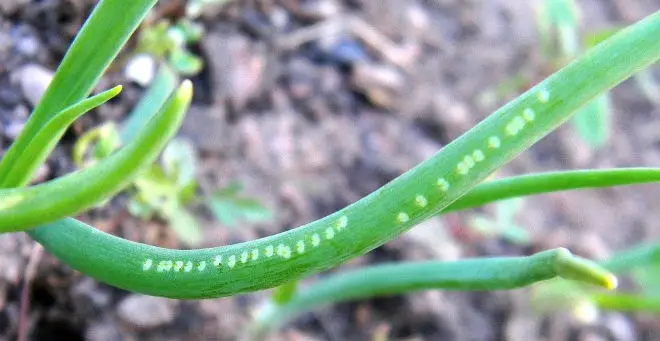
Protecting your green onions from pests and diseases requires a proactive approach. Implementing preventative measures and maintaining a watchful eye over your plants can go a long way in ensuring their overall health and productivity. Stay tuned for the upcoming section, which will delve into organic methods for reviving sprouted green onions.
Utilizing Organic Methods to Revive Sprouted Green Onions
Reviving sprouted green onions using organic methods is not only beneficial for the environment, but also for the overall quality of the onions themselves. By avoiding the use of synthetic chemicals and pesticides, organic revival ensures that the onions remain free from harmful residues that can affect their taste and nutritional value.
One effective organic method for reviving sprouted green onions is through the use of compost tea. This natural fertilizer is rich in nutrients and beneficial microorganisms, which help to stimulate root growth and enhance the overall health of the plants. Simply mix compost tea with water and apply it directly to the soil around the onion plants. The nutrients will be slowly released, providing a sustainable source of nourishment for the onions as they recover from sprouting. Additionally, organic mulching with materials such as grass clippings or shredded leaves can help conserve moisture, suppress weeds, and provide a steady supply of nutrients to the green onion plants.
Timing the Harvest of Revived Green Onions for Maximum Flavor
Harvesting green onions at the right time is essential to ensure maximum flavor and enjoyment. When it comes to revived green onions, timing becomes even more crucial. Ideally, you want to harvest your revived green onions when they have reached their peak flavor and nutritional value. But how do you determine when that moment arrives?
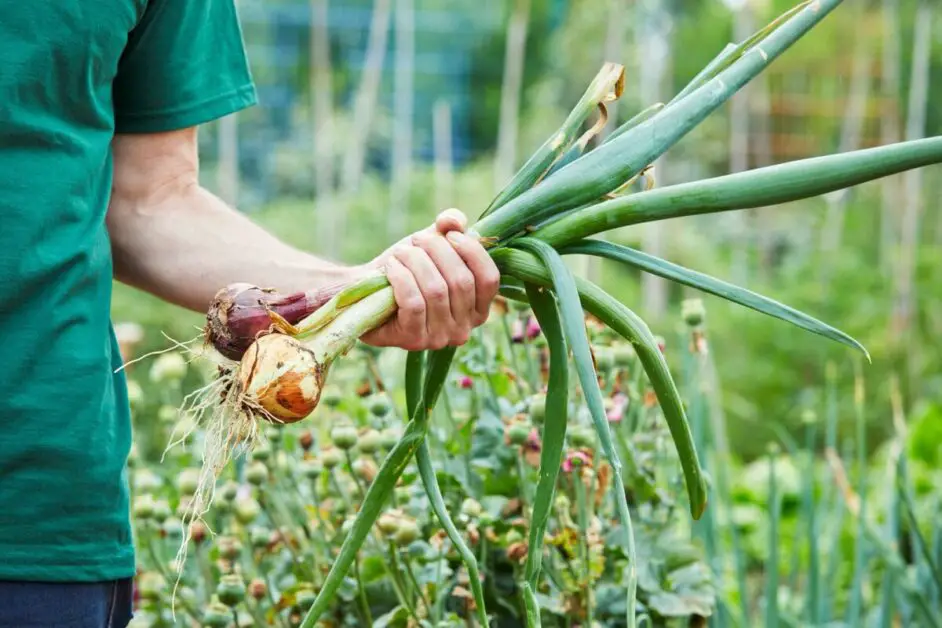
The key is to observe the growth and development of your green onions. Look for visual cues such as the size and color of the onion bulbs, as well as the length and thickness of the green shoots. The bulbs should be plump and firm, with a white or pale green color. The shoots should be long and slender, with vibrant green leaves. Additionally, pay attention to the aroma of the green onions. When the scent is strong and onion-like, it indicates that they are ready for harvest. By carefully monitoring these characteristics, you can ensure that you harvest your revived green onions at the optimal time for maximum flavor and culinary delight.
Incorporating Sprouted Green Onion Varieties in Culinary Delights
Sprouted green onion varieties can add a delightful twist to your culinary creations. Their tender shoots and bold flavors can elevate the taste of any dish, whether it’s a simple salad or a complex stir-fry. Incorporating these unique onions in your cooking not only adds visual appeal but also introduces a distinct taste profile that can surprise and impress your taste buds.
One way to include sprouted green onions in your culinary delights is by using them as a garnish. Their vibrant green color and slender stems can add a pop of freshness and visual appeal to any dish. Sprinkle them over soups, stews, or roasted vegetables to enhance both the taste and aesthetics of your meal. Their mild yet distinct onion flavor can complement a wide range of flavors, making them a versatile addition to your culinary repertoire.
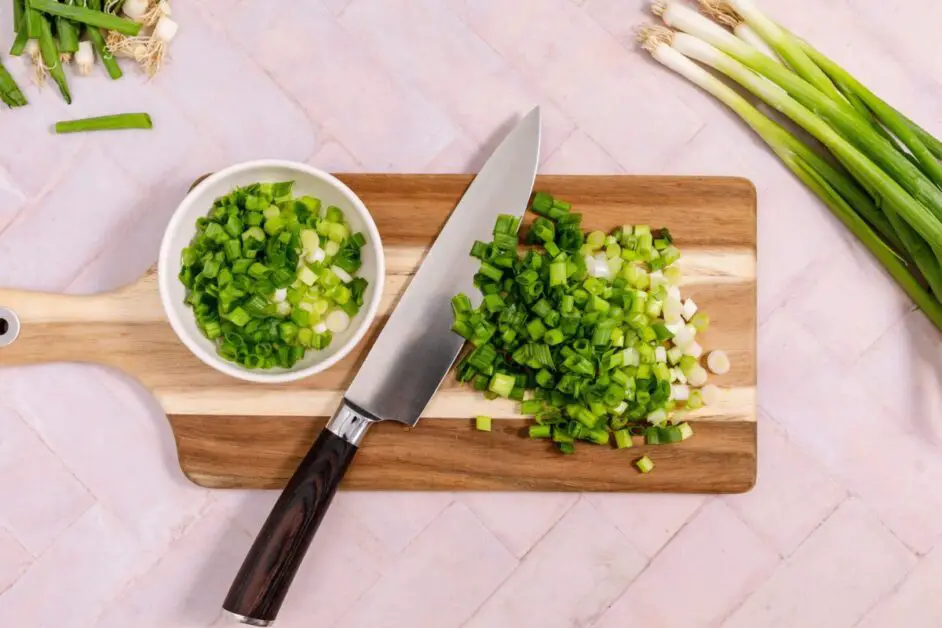
Another way to incorporate sprouted green onions is by using them in sauces and dressings. Finely chop the tender shoots of these onions and blend them with other ingredients to create a zesty and flavorful sauce. Whether you’re making a tangy salsa or a creamy dip, sprouted green onions can provide a unique twist that will have your taste buds dancing with delight.
Reviving sprouted green onions is the first step to incorporating them into your culinary endeavors. By understanding the potential of these onions and the techniques for reviving them, you can unlock a world of culinary creativity. In the following sections, we will explore the importance of reviving sprouted green onions and the effective techniques for doing so. Get ready to experience the wonders of these versatile and flavorful onions in your kitchen!
The Nutritional Benefits of Sprouted Green Onions
Sprouted green onions offer a multitude of nutritional benefits that make them an excellent addition to any diet. Rich in essential vitamins and minerals, these vibrant greens contribute to overall health and well-being.
One of the standout qualities of sprouted green onions is their high vitamin C content. This potent antioxidant plays a pivotal role in boosting the immune system and protecting the body against free radicals. Additionally, sprouted green onions contain an impressive amount of vitamin K, which is essential for blood clotting and maintaining healthy bones.
Moreover, sprouted green onions are a good source of dietary fiber, aiding in digestion and promoting a healthy gut. They are also packed with calcium, providing support for strong bones and teeth. Additionally, sprouted green onions contain folate, a B-vitamin crucial for cellular function and the production of DNA.
Exploring Alternative Uses for Sprouted Green Onions in the Kitchen
Alternative Uses for Sprouted Green Onions in the Kitchen
Did you know that sprouted green onions can be more than just a garnish for your dishes? While many people throw away green onions once they have sprouted, these little green shoots actually have a variety of culinary uses that can elevate your meals to the next level. From adding a touch of freshness to soups and stir-fries, to creating unique flavor profiles in sauces and marinades, sprouted green onions can bring a delightful twist to your favorite recipes.
One popular way to utilize sprouted green onions is by incorporating them into homemade salsas and dips. Their vibrant green color and mild onion flavor can enhance the taste of any salsa, whether it’s a classic tomato-based one or a refreshing fruit salsa. Chopped sprouted green onions can also be mixed into guacamole, giving it a subtle crunch and added depth of flavor. The next time you’re hosting a gathering or simply craving a snack, try adding sprouted green onions to your favorite dip recipes for a burst of freshness that will leave your taste buds wanting more.
Sprouted green onions can also be used as a versatile ingredient in various Asian-inspired dishes. In Chinese cuisine, they are commonly used to lend a delicate onion flavor to stir-fries, noodle dishes, and dumplings. The sprouts can be added towards the end of cooking to retain their crisp texture and bright color. Similarly, in Korean cuisine, sprouted green onions are often used in traditional dishes like kimchi and jangajji (pickled vegetables). The sprouts can add a refreshing crunch and a hint of onion flavor, creating a balance of tastes and textures in these fermented delights.
So, before you discard those sprouted green onions, consider the alternative ways you can incorporate them into your kitchen creations. From salsas to stir-fries, these little green shoots have the potential to transform your dishes into culinary delights. Experiment with their flavors, explore new recipes, and let your creativity thrive in the kitchen. The possibilities are endless when it comes to exploring the alternative uses for sprouted green onions in your culinary adventures.
Watch the video to know more about sprouting green onion.
Sustainable Practices for Growing and Reviving Green Onions
Green onions are a versatile and nutritious addition to any garden, and by implementing sustainable practices, you can ensure their continued growth and revival. One important aspect of sustainable cultivation is the use of organic fertilizers and compost. These natural alternatives not only provide essential nutrients for the green onions but also promote healthy soil structure and microbial activity, thus supporting overall plant growth.
Water conservation is another crucial factor in sustainable green onion cultivation. By employing efficient irrigation methods such as drip irrigation or using rain barrels to collect and store rainwater, gardeners can minimize water wastage and reduce their environmental impact. Additionally, careful observation of soil moisture levels and watering the plants only when necessary can help prevent overwatering, which can lead to root rot and other water-related diseases. By adopting these sustainable watering strategies, gardeners can ensure the long-term viability of their green onion crops while minimizing water usage and promoting ecological balance.
How can I tell if green onions are sprouting?
Signs of sprouting in green onions include the growth of white roots at the base of the bulb and the appearance of small green shoots.
What is the benefit of reviving sprouted green onions?
Reviving sprouted green onions allows you to salvage and use the onions that would otherwise go to waste, reducing food waste and promoting sustainability.
What factors contribute to the sprouting of green onions?
Factors that affect the sprouting of green onions include temperature, humidity levels, and the age and quality of the onions.
How can I effectively revive sprouted green onions?
Effective techniques for reviving sprouted green onions include trimming the roots and shoots, placing the onions in water, and providing optimal soil conditions for growth.
How does watering impact the revival of sprouted green onions?
Regular watering is crucial for the revival of sprouted green onions as it provides essential moisture for the growth and development of the onions.
What are the optimal soil conditions for reviving green onions?
Green onions thrive in well-draining soil that is rich in organic matter and has a slightly acidic to neutral pH level.
How can I enhance nutrient uptake for healthy green onion growth?
Adding organic compost or fertilizer to the soil can help enhance nutrient uptake and promote healthy growth of green onions.
What can I do to prevent pests and diseases in revived green onions?
Utilizing organic pest control methods such as companion planting, crop rotation, and proper sanitation practices can help prevent common pests and diseases in revived green onions.
Are there alternative uses for sprouted green onions in the kitchen?
Yes, sprouted green onions can be used in various culinary dishes such as stir-fries, soups, salads, and garnishes to add a unique flavor and texture.
What are the nutritional benefits of sprouted green onions?
Sprouted green onions are rich in vitamins

